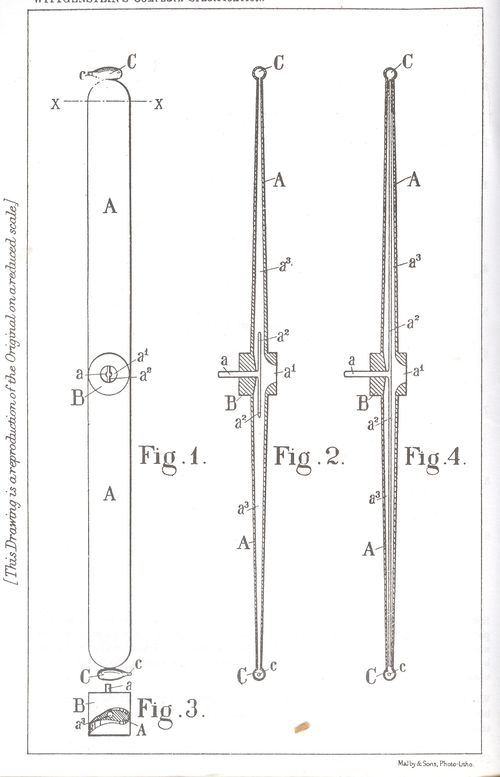JF Ptak Science Books LLC Post 751 Blog Bookstore
 The Austrian Ludwig Wittgenstein (1889-1951) was one of the
20th century’s most gifted and influential philosopher-logicians,
though he started his advanced educational career in an aeronautics program at Manchester
The Austrian Ludwig Wittgenstein (1889-1951) was one of the
20th century’s most gifted and influential philosopher-logicians,
though he started his advanced educational career in an aeronautics program at Manchester
And it was here at Manchester
It was not so practicable that Wittgenstein pursue a career
as an aeronaut—within a year of the
publication of his patent, he was on his way to Cambridge to join Bertrand Russell
(who had just published the20th century’s most difficult-to-read work in logic
in the Principia Mathematica) and
begin his work in philosophy.
Notes:
1) Legend for the patent image: Fig. 1 is the gaseous or vaporized fuel inlet; a1 is the air inlet. Fig. 2 and Fig. 4 are alternative methods of fuel flow to the combustion chamber C. In Fig. 2 fuel is mixed with the air just after both emerge from the hub.
2) I've read that Wittgenstein was very deeply influenced by the following passage from Hertz' Principles of Mechanics: "When these painful contradictions are removed, the question as to the nature of force will not have been answered; but our minds, no longer vexed, will cease to ask illegitimate questions" If I squint a little I can see the seeds of the Tractatus in there.
3) For a real treatment of this invention of Wittgenstein's see the article at the Royal Society.
4) Also see Ian Lemco's Wittgenstein's Aeronautical Experiments
5) "My propositions are elucidatory in this way: he who understands me finally recognizes them as senseless, when he has climbed out through them, on them, over them. (He must so to speak throw away the ladder, after he has climbed up on it.) He must surmount these propositions; then he sees the world rightly."--Wittgenstein's Tractatus, 6.54
6) See Klagge's online biography and philosophical history of Wittgenstein



Comments